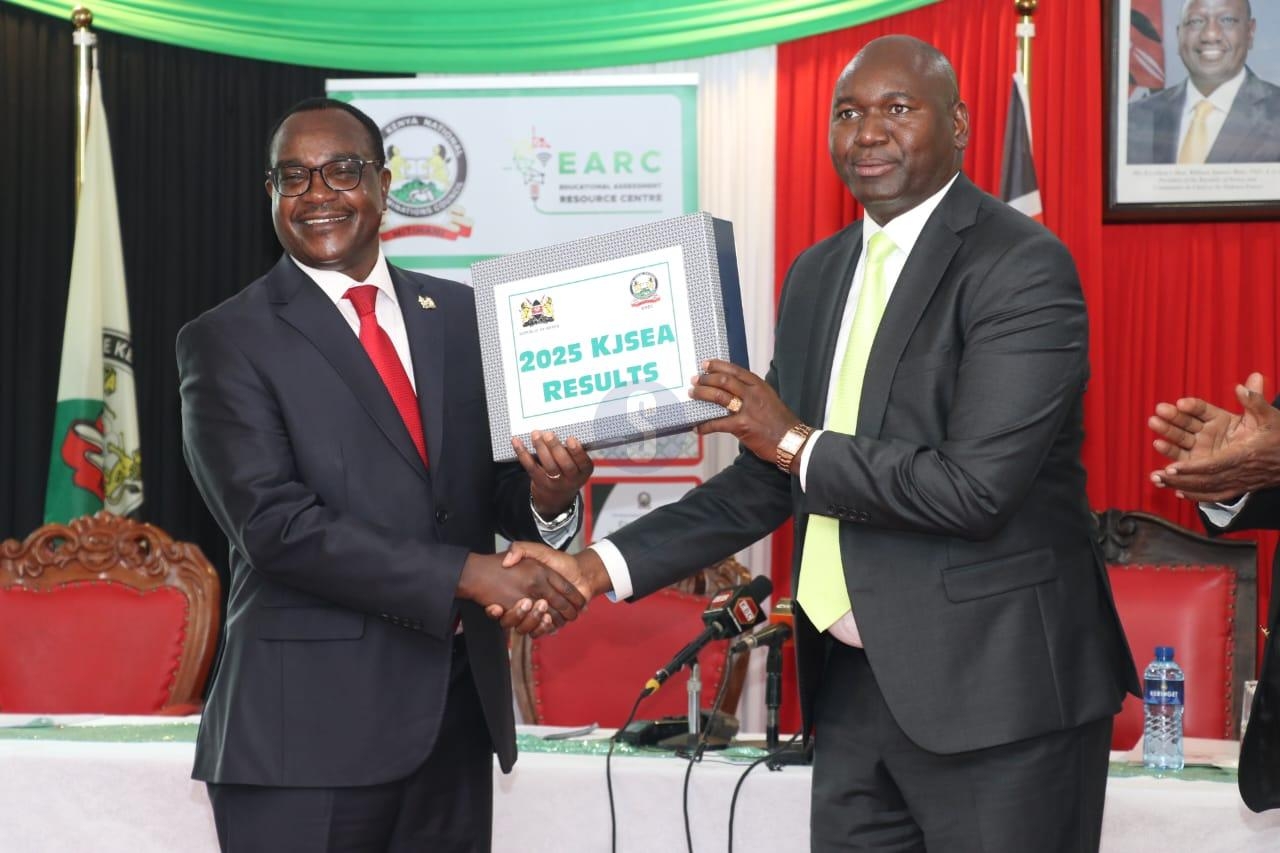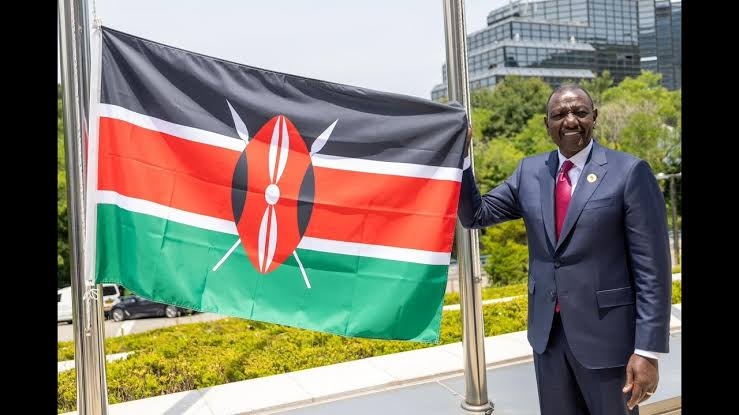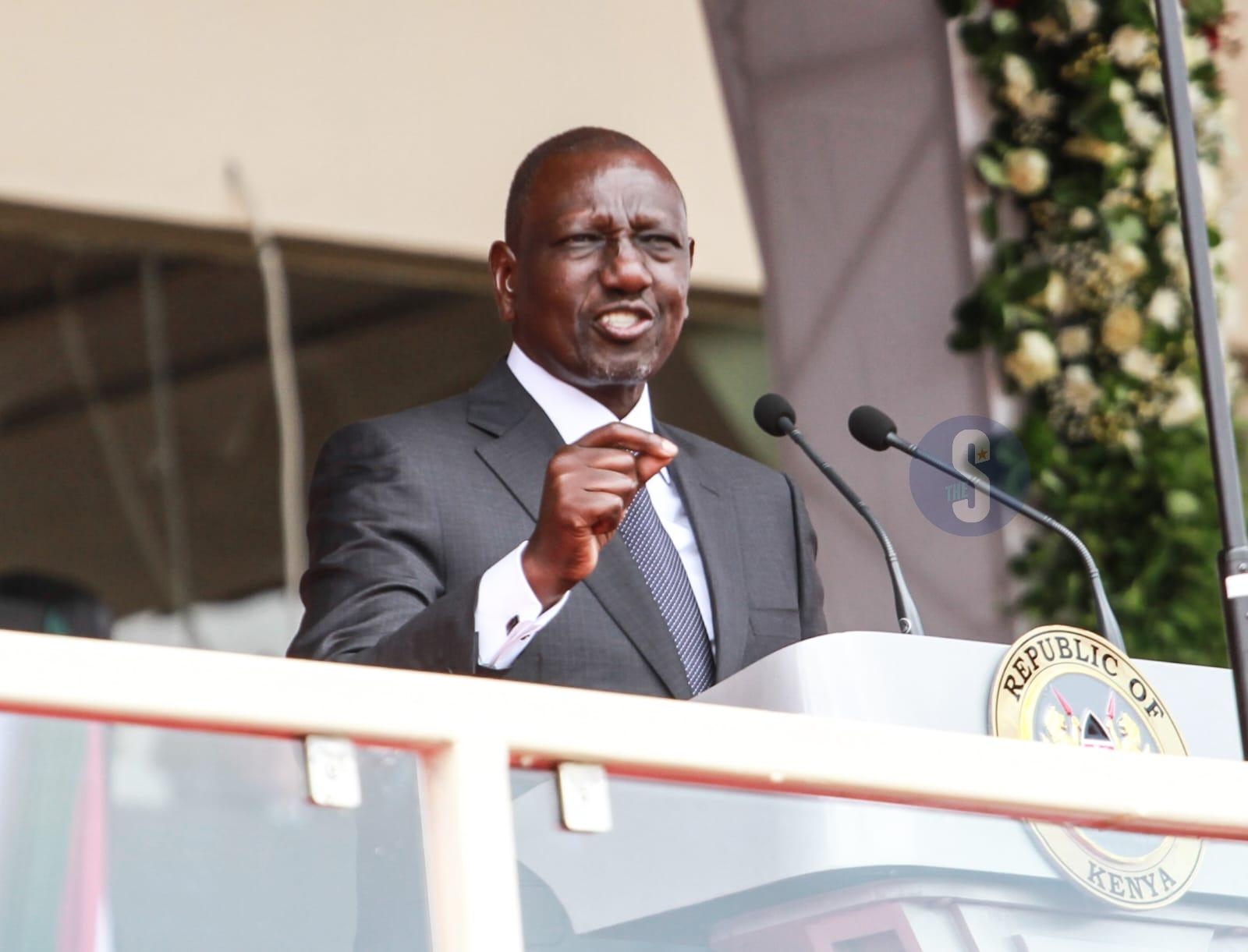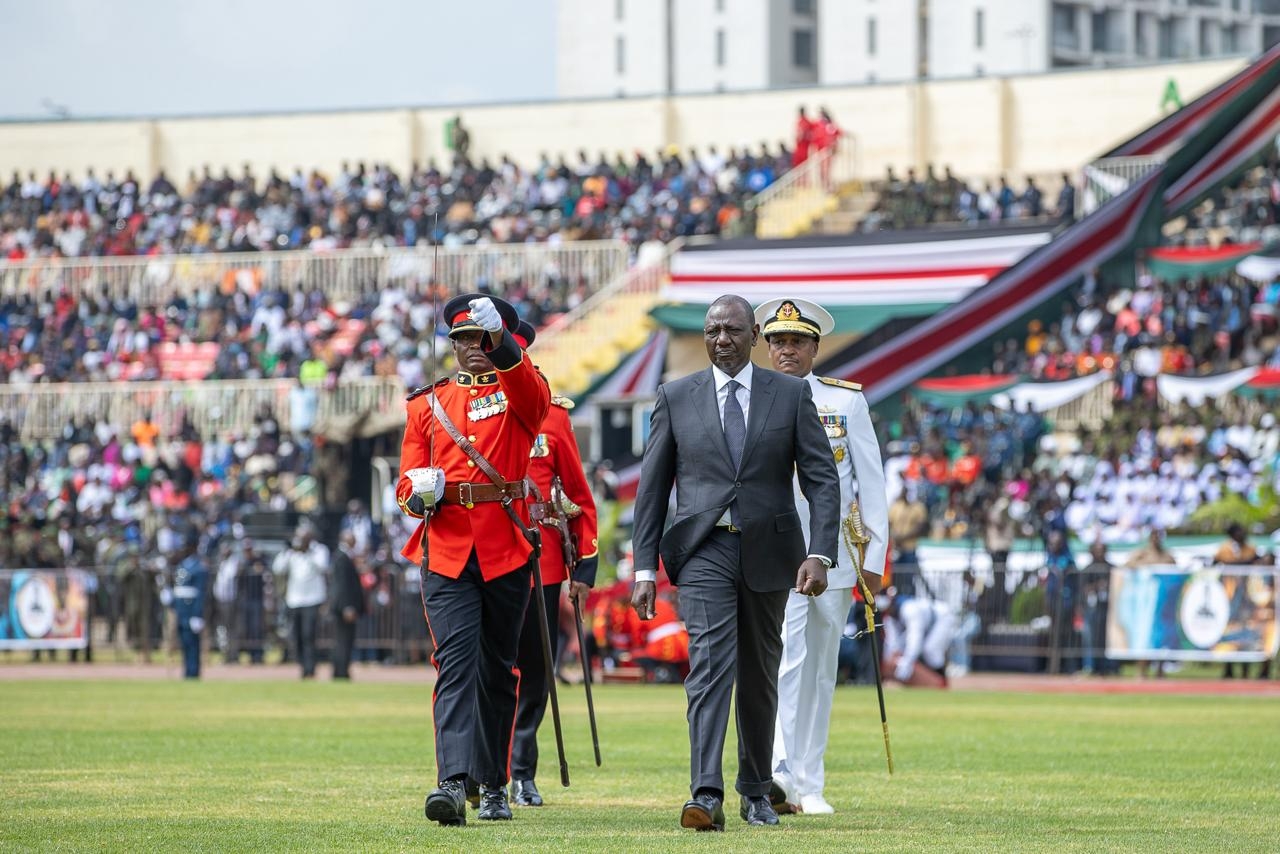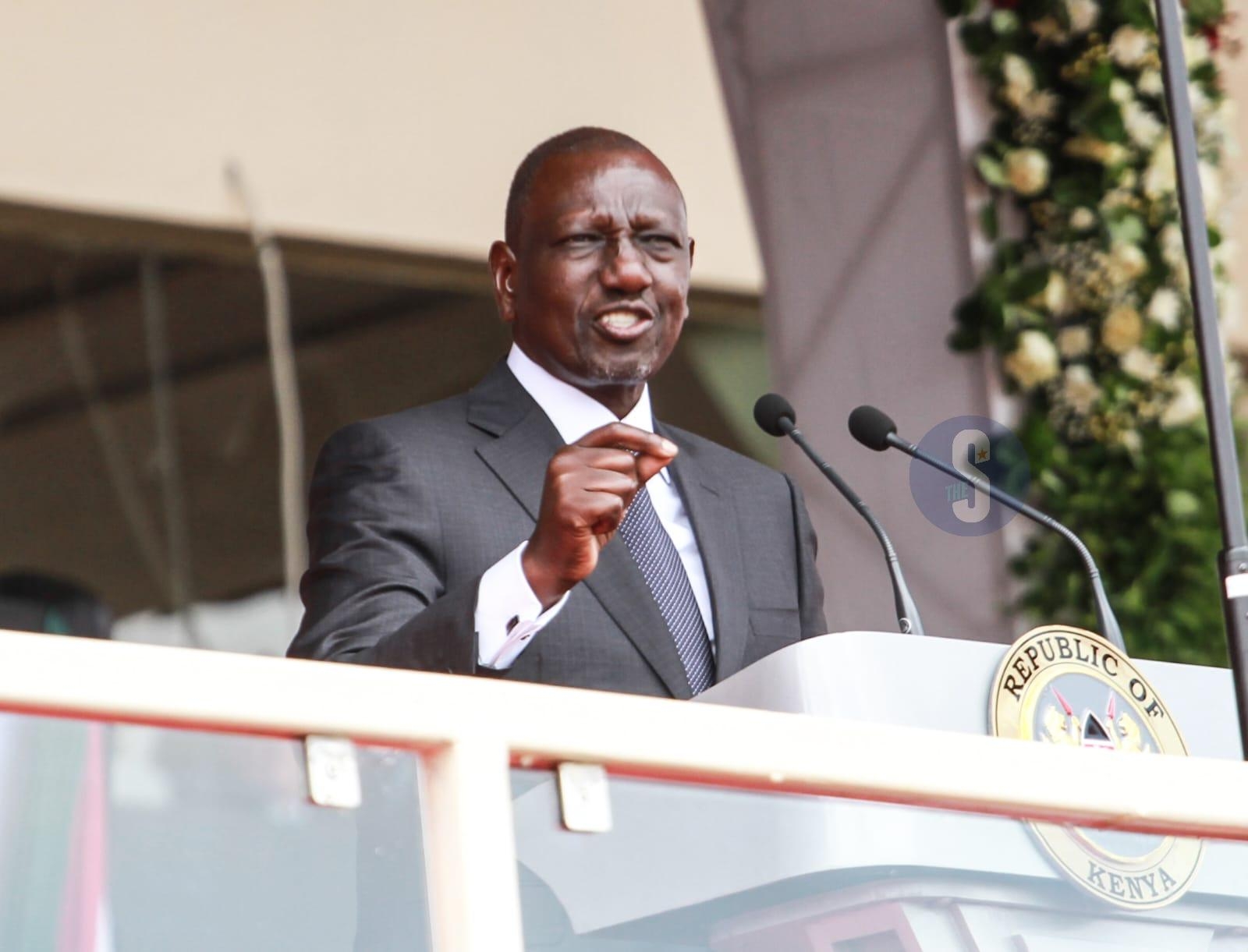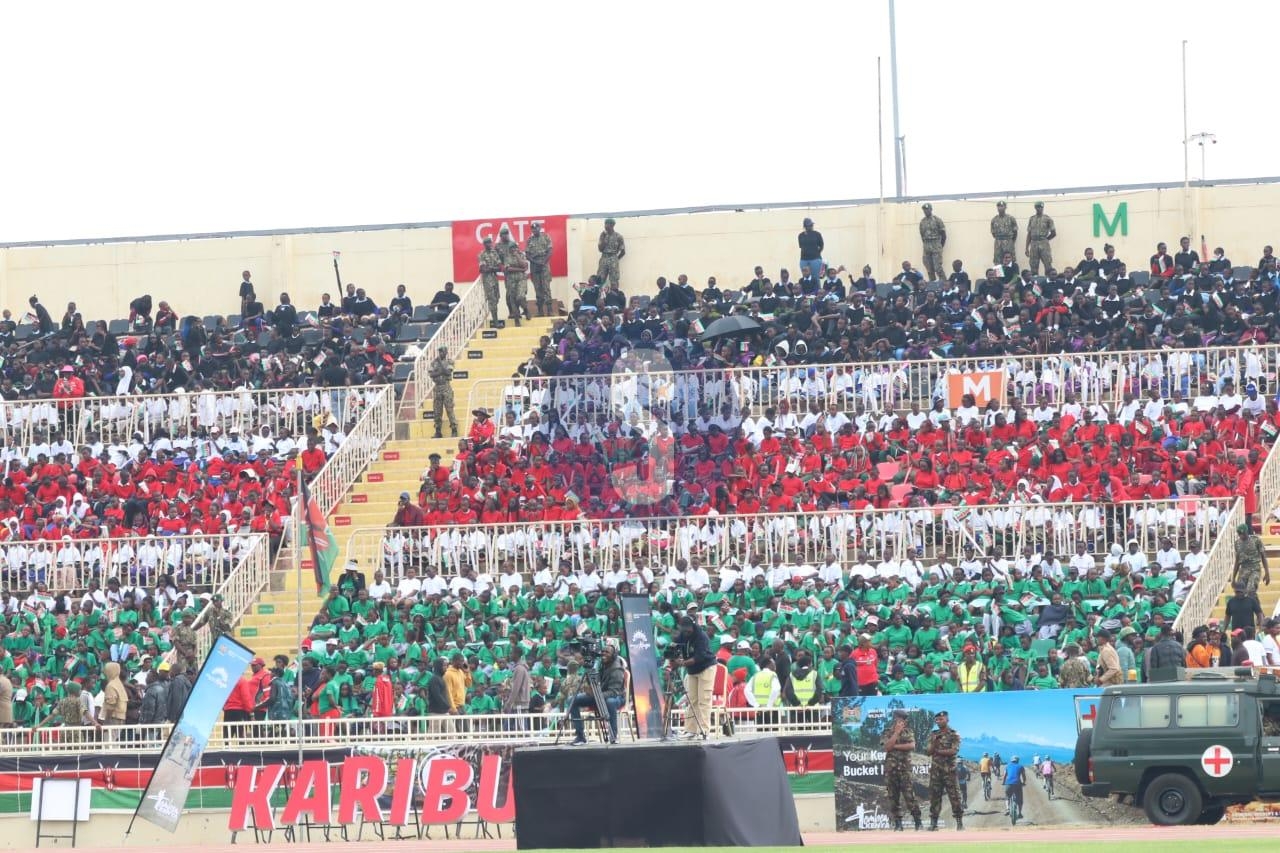
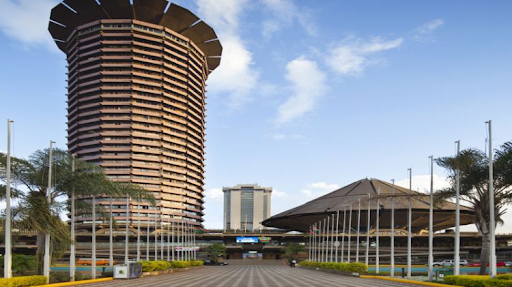
Kenya is lagging behind Tanzania in the region in trade diversification, mainly trading in raw material goods, hence slowing down economic growth and compounding poverty, a new African Union report shows.
The 2025 African Union Continent Integration Report says the East Africa region is generally punching below the continental average in ramping up its economy through sophistication and expanding its economies.
Kenya is particularly doing poorly in the bloc, with a less sophisticated economy that trades mainly on raw inputs, it says.
This means the country is doing poorly in industry and manufacturing development, hence generating fewer jobs which are crucial in fighting joblessness and poverty.
The EAC’s diversification score (0.3920) remains slightly below the African average (0.4072). Trade is still dominated by raw materials (exports: approximately 0.68), while manufacturing exports (0.3420) lag behind imports (0.5986).
Tanzania leads in diversification (0.4457), followed by Burundi and Kenya.
In contrast, Uganda (0.2848), Rwanda (0.2241) and South Sudan (0.2116) score low, highlighting the gap between trade intensity and sophistication, the report says. Intermediate goods trade remains weak and regional production networks are underdeveloped.
Experts recommend in the report that the regional bloc should address its trade imbalance by promoting intra-regional sourcing and boosting manufacturing capacity.
“Regional value chains in agro-processing and light industry could help close the import-export gap. Enhancing transport corridors (eg, Mombasa and Dar es Salaam routes) is vital for deeper integration,” it reads.
Fragile states like Somalia and South Sudan require tailored support, including infrastructure and security cooperation.
“Services trade should be accelerated through mutual recognition of qualifications and digital trade facilitation. Finally, industrial coordination focused on skills and innovation—building on Tanzania’s strengths—could improve regional competitiveness.”
Comparing the regional economic blocs in the continent, SADC emerges as the most integrated and sophisticated, with the report saying it “stands as the uncontested leader in African regional integration, achieving the highest scores on both intra-African trade flows (0.3579) and diversification/sophistication (0.4119)”.
“This dual excellence establishes SADC as Africa’s most comprehensively integrated regional bloc regarding market integration, with a combined integration score approximately 30% above the continental average,” it reads.
SADC’s leadership position likely stems from several factors: relatively developed transport infrastructure connecting member states and the institutional depth of the Southern African Customs Union at its core.
In the second tier, Comesa and Ecowas demonstrate strong but more specialised integration profiles.
Comesa excels particularly in trade flows (0.2791), ranking second continent-wide, while achieving near-average diversification (0.3967), it says.
Ecowas shows the opposite pattern, with modest trade flows (0.2453) but relatively strong diversification (0.4035).
“These contrasting specialisations reflect different integration priorities and structural characteristics: Comesa has focused extensively on trade facilitation and market access, while Ecowas benefits from Nigeria’s relatively diversified industrial base despite more modest intra-regional exchange volumes.”
The EAC, whose economy is largely anchored by Kenya, emerges in the middle-tier category, a position it shares with Igad, both having near-continental-average scores on trade flows while falling slightly below average on diversification.
The two face similar challenges relating to infrastructure gaps and limited industrialisation, though both have made meaningful progress in specific integration dimensions.



